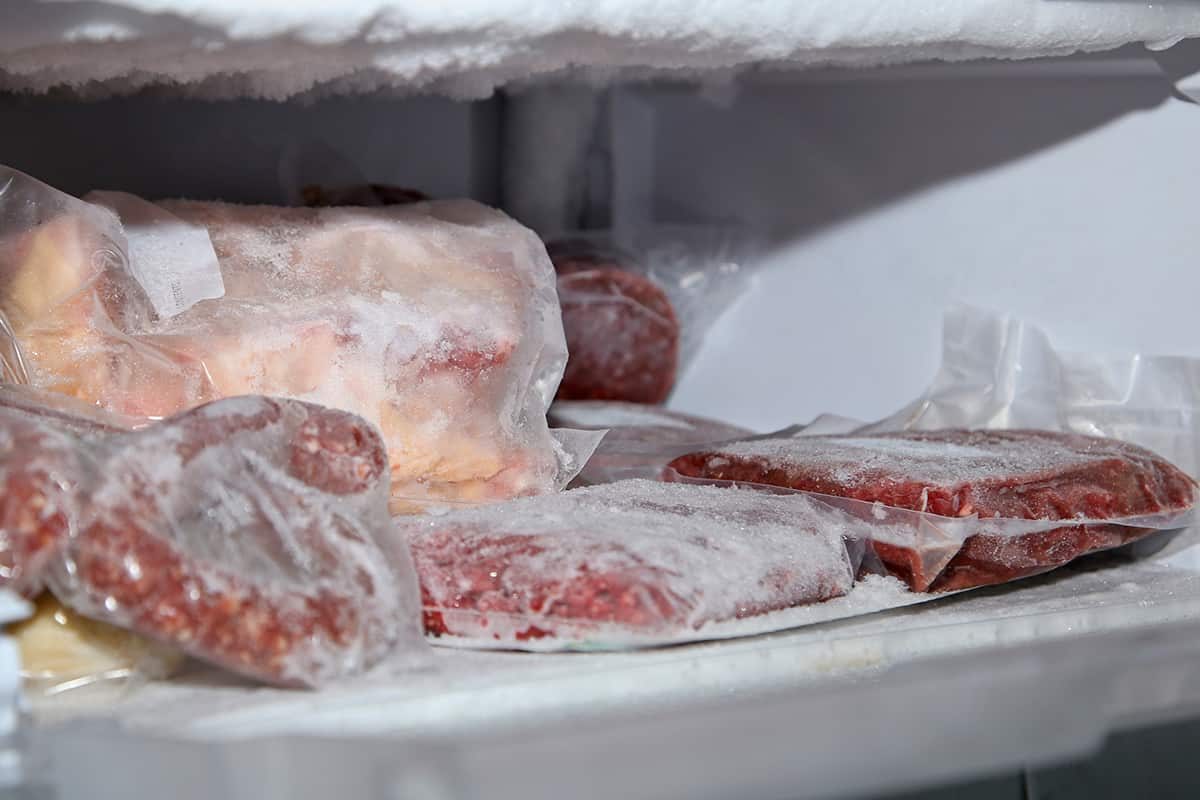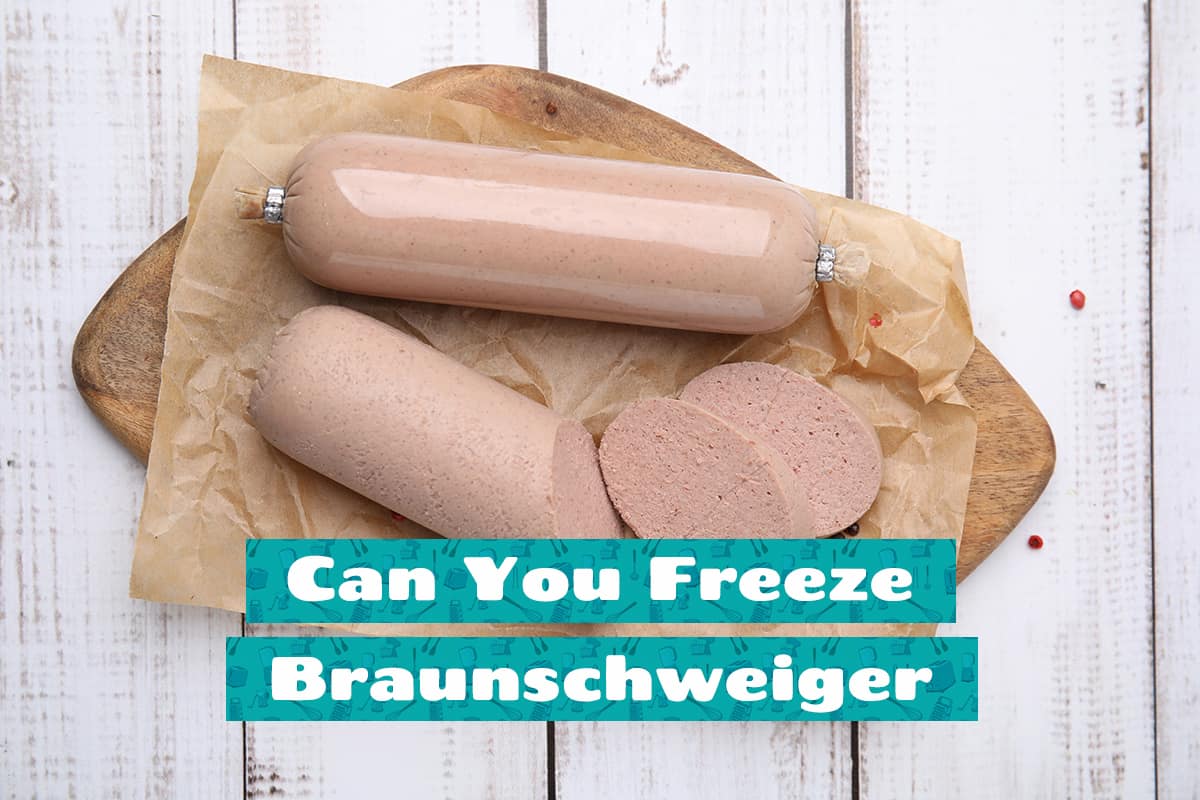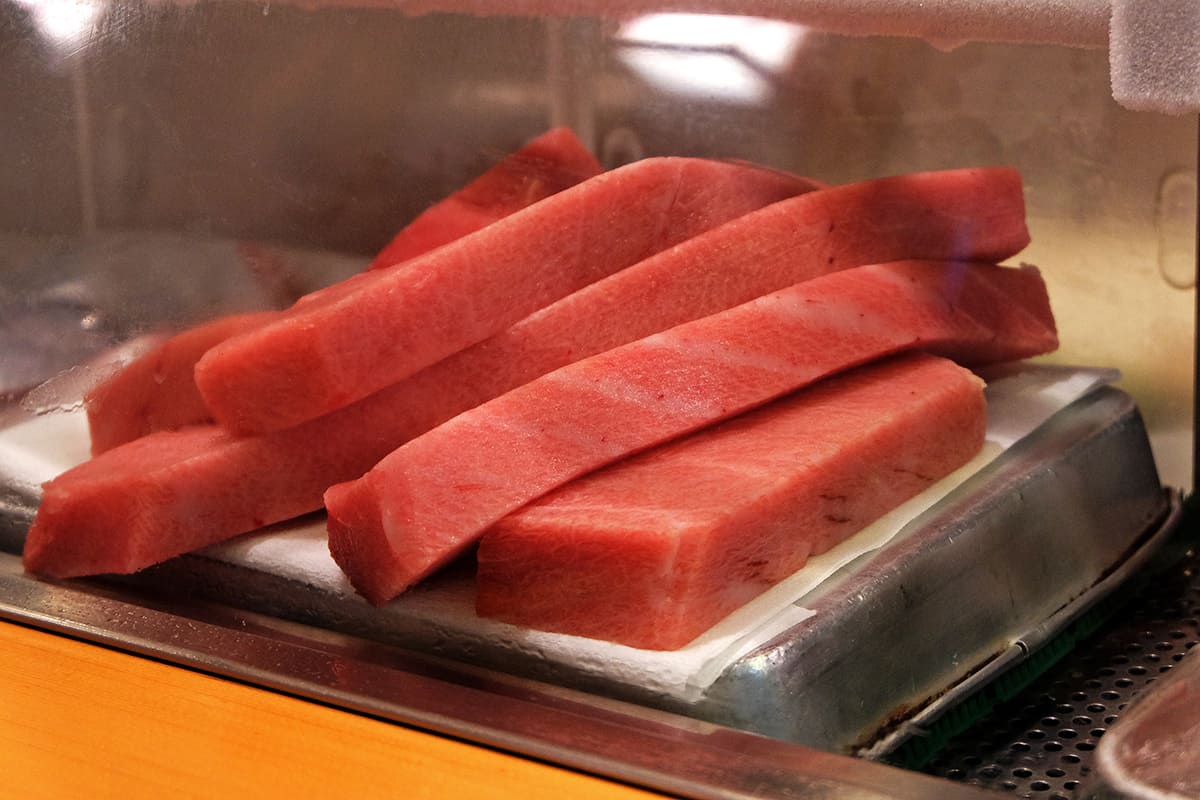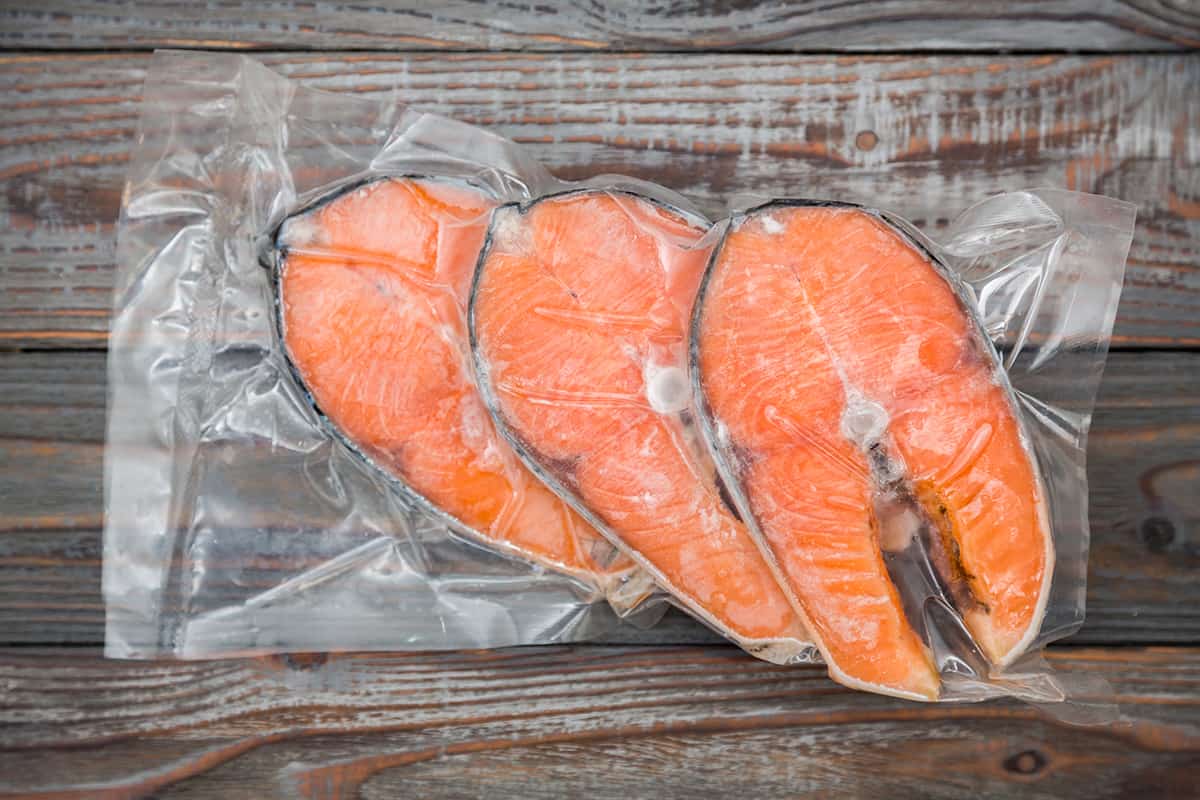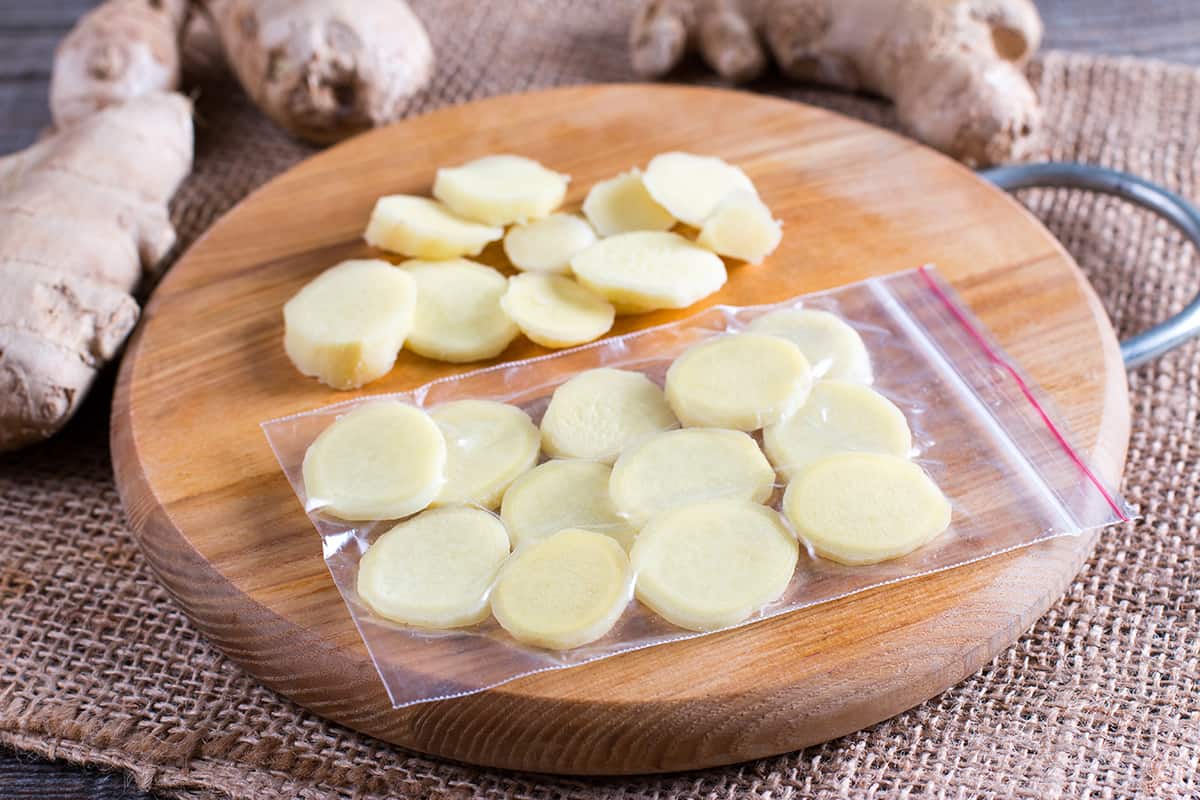Perhaps you purchased an entire lamb carcass from your local farmer. Good on you for buying locally, but what are you going to do with 30-plus pounds of lamb meat? Of course, you can store the meat in your freezer, but how long can it stay there and remain edible?
If you follow the right procedures for freezing meat, raw lamb meat can last indefinitely in the freezer. However, after the 6th-month mark, the quality of the meat may suffer tremendously, so you should plan to use the meat before 6 months in the freezer. Cooked lamb meat can remain edible for up to 3 months when frozen.
In this guide, I’ll explain the correct procedure for storing lamb meat, as well as how to defrost lamb.
How Long Does Lamb Last in the Freezer?
Lamb is an excellent source of protein (about 25 grams of protein per 100 grams of cooked meat). It’s also a bit pricier than other forms of meat, which is why you shouldn’t let an ounce go to waste. If you purchased lamb meat in bulk and can’t finish the entire 30-plus carcass in one sitting, you can stick the remaining meat in the freezer for long-term storage.
But how long will lamb last in the freezer? With proper storage, lamb can last indefinitely in the freezer. However, it’s generally advised that you eat frozen lamb meat within a 6 to 9-month period after freezing since the quality of the meat deteriorates rapidly after half a year in the freezer.
On the other hand, cooked cuts of lamb meat have a much shorter shelf life in the freezer. At most, freezing pre-cooked lamb will remain edible for 3 months.
How to Freeze Lamb
Say you purchased a cut of lamb but don’t have plans to cook it just yet. What are the correct steps for freezing the meat to keep it fresh for as long as possible? I’ll explain below.
Place cuts of lamb on ice after purchase
Regardless of how close you live to the grocery store or farmer’s market, you should always take a cooler filled with ice. Any cuts of meat you buy should go directly into the freezer to prevent it from increasing in temperature and possibly entering the danger zone (40 to 140°F).
Transfer the meat to an airtight container
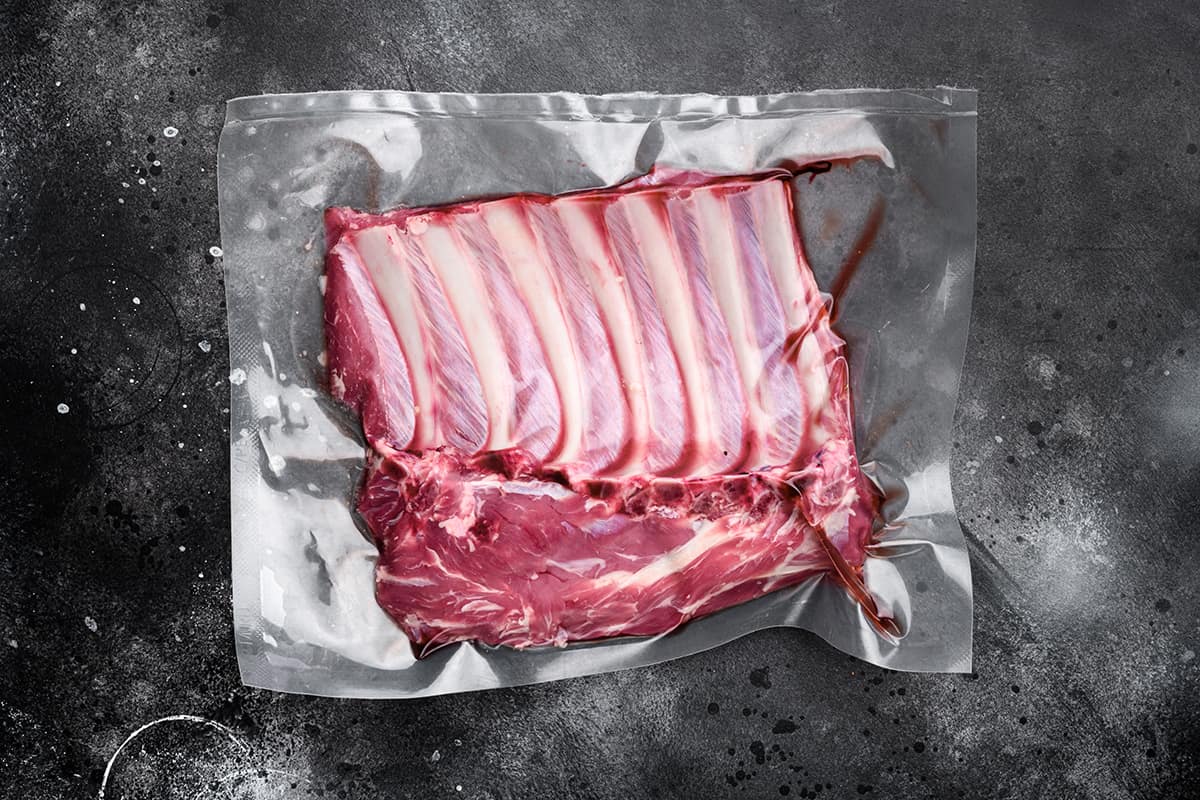
If you want to freeze the lamb immediately after buying it, transfer the meat in its original packaging to an airtight container or resealable bag with the air removed. Otherwise, move the meat to the fridge, where it should remain edible for 4 to 5 days. However, the sooner you freeze the meat, the longer it will last, so act quickly!
Move the container to the back of the freezer
When you’re ready to freeze the lamb, make sure you clear enough space in your freezer. That way, air will circulate evenly, which reduces the risk of freezer burn on certain sections inside the freezer. Ideally, the lamb will be placed as far away from the freezer door as possible so that it doesn’t become exposed to heat from your kitchen and sunlight.
Additional tips for freezing lamb
- Do not wash the meat before freezing it. Doing so will increase the meat’s moisture content, which will crystallize in the freezer and reduce the quality of the meat after thawing out.
- Only freeze meat before its sell-by date. If it’s already past the sell-by date, you can still put it in the refrigerator and cook it (assuming it hasn’t reached the use-by date).
- When freezing cooked lamb meat, place it in an airtight container and in the back of your freezer. Remember to mark the date since cooked lamb meat has a shorter shelf life than raw lamb.
- Ideally, you would vacuum seal the lamb to remove as much air from the bag as possible. However, if you don’t have a vacuum sealer, you can use a straw to manually suck the air out of the bag, making sure not to inhale the lamb’s juices.
- If you purchased an entire lamb carcass, pre-portion the meat before freezing it. You can only freeze and defrost meat once. Trying to re-freeze meat multiple times will dramatically reduce its quality.
- Raw ground lamb meat only lasts 3 to 4 months in the freezer. Whole cuts of lamb can last indefinitely but should be used within 6 to 9 months of freezing.
- Freezing meat for the long term puts it at risk of freezer burn. You can reduce the risk of freezer burn by defrosting and cooking the meat as soon as possible.
- Freezer burn affects the quality of the meat, not whether or not it’s edible. If your lamb shows signs of freezer burn (whiteish dry spots on the meat, shriveled portions, ice crystals in and on the surface), defrost the meat and remove the affected section(s).
How to Defrost Lamb
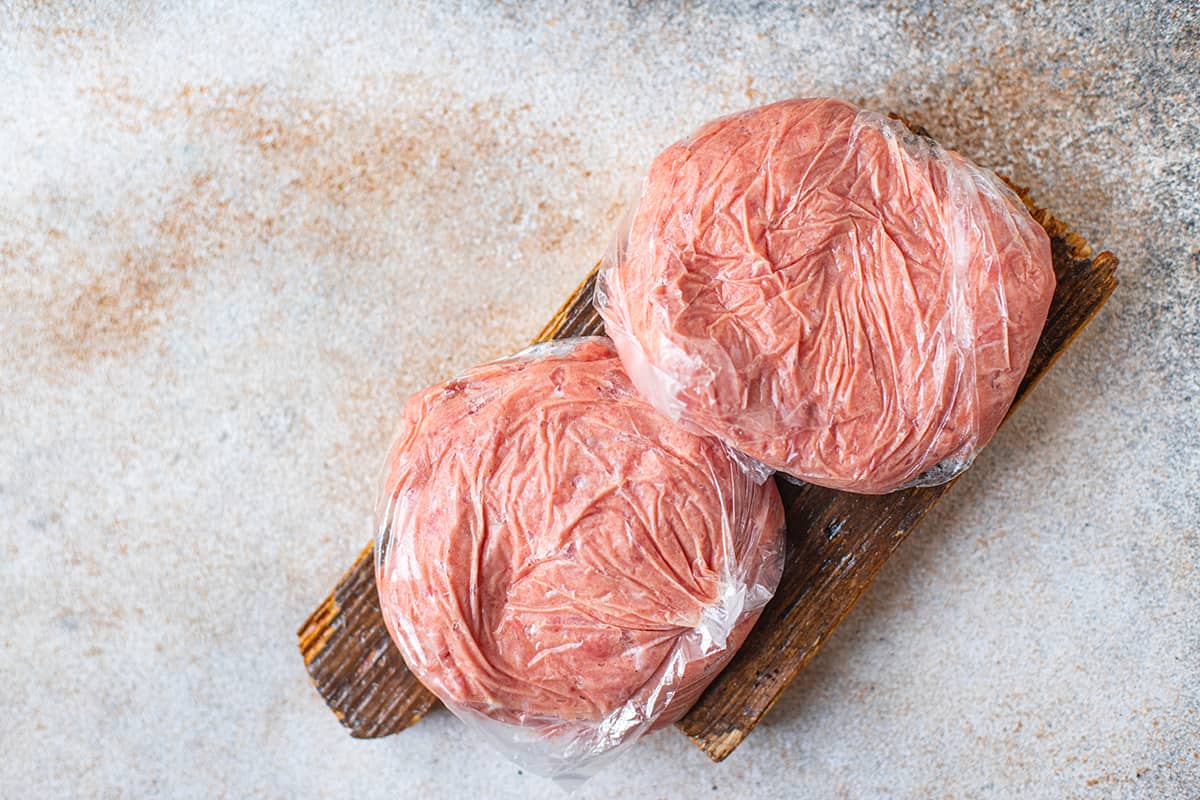
There are three reliable ways to defrost lamb: in the fridge, in the microwave, or in cold water.
Defrosting in a refrigerator
Defrosting meat in a refrigerator will take between 2 and 3 days, depending on the size of the cut. A more accurate way to gauge how long it will take to defrost is to give it one day in the refrigerator for every 5 pounds of meat you have.
Transfer the lamb meat and its airtight container from the freezer to the fridge. If the meat is in a bag, place the bag in a bowl before popping it in the fridge to capture the melted ice.
Defrosting in a microwave
Defrosting lamb in a microwave is much less time-consuming than defrosting it in the fridge. However, because microwaving lamb meat heats it up, you should cook it immediately after it thaws out.
Transfer the still-frozen block of lamb from the airtight container to a microwave-safe bowl. Set your microwave to the defrost setting and microwave the lamb per the microwave’s instructions.
Defrosting in cold water
Defrosting lamb in cold water takes less time than the fridge but considerably longer than a microwave. However, doing this doesn’t expose the meat to heat, so there’s less of a risk of the lamb entering the danger zone.
Transfer the still-frozen lamb meat to a bowl filled with cold water from the tap. Replace the water with fresh cold water every 30 minutes. Make sure the meat is fully submerged in the water—you might have to place a weighted object on top of the meat to keep it from floating.
How to Know a Bad Frozen Lamb?
Food poisoning can occur if you eat lamb meat that has gone bad. And you wouldn’t want that, would you?
No. No one ever wants to suffer from food poisoning. That’s why you must avoid it at all costs.
These signs will help you.
- Dull, brownish, or grayish color
- A weird or sour smell
- Slimy texture
- Destroyed or torn packages.
If you have any doubt that your lamb meat is good, throw it away. It’s better to be safe than to be sorry.
